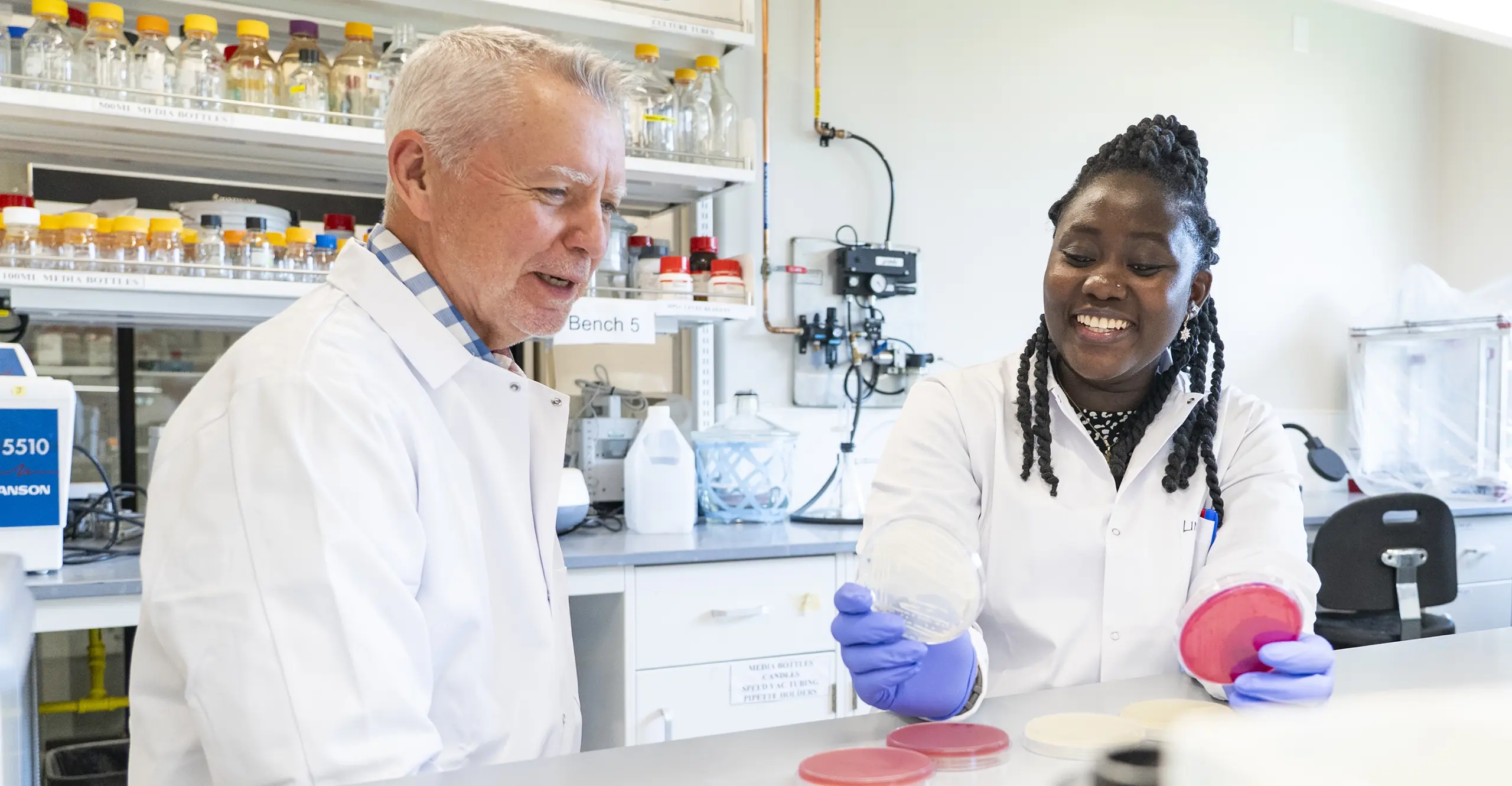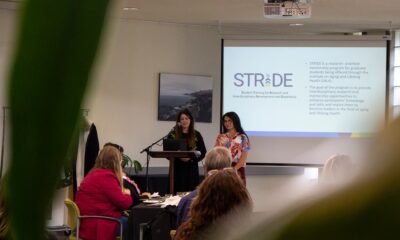Health
New Method Speeds Up Urinary Tract Infection Diagnosis

Urinary tract infections (UTIs) affect approximately 150 million people globally each year. Symptoms can range from mild discomfort to severe complications such as fever and confusion. In the United States alone, health care costs associated with UTIs reach around USD 3.5 billion annually. One of the challenges in managing these infections is the lengthy diagnosis process, which can take up to three days. A team of researchers led by PhD student Linda K. Nartey at the University of Victoria has developed a faster and more accurate diagnostic method that promises quicker treatment and relief for patients suffering from UTI symptoms.
This innovative technique, which identifies specific lipids from bacterial cell membranes, significantly reduces the time needed for diagnosis to just one hour. The method boasts a 99 percent accuracy rate in ruling out UTIs, which is a considerable improvement over traditional diagnostic approaches.
Transforming UTI Diagnosis
Traditional UTI diagnosis typically begins with a dipstick test that checks for certain chemicals. If a potential infection is indicated, the sample is then cultured to grow the bacteria and identify the species through proteomics. This standard process can take anywhere from 24 to 72 hours, contributing to delays in patient care.
In an article published in the Journal of Clinical Microbiology in October 2024, Nartey and her colleagues, including professor David Goodlett, reported that their lipid-based method outperformed the conventional technique. This study is notable for being the first to apply this method in a blind study using clinical samples, generating significant interest from clinicians eager to implement the technology in broader healthcare settings.
Dr. Michael Chen, a physician and head of medical biochemistry at Island Health, emphasized the importance of this research. He stated, “For many years, identifying pathogens in urine has been a lengthy process. We’re looking for novel ways to improve diagnostic processes by reducing time to diagnosis for better patient outcomes.”
Environmental Benefits and Future Developments
The speed and accuracy of the lipidomics test not only enhance patient care but also present environmental benefits. With a lower rate of false positives, there is a reduced need for unnecessary culturing of samples, leading to less plastic waste from test equipment and reagents. Although the lipidomics method requires a mass spectrometer—an instrument already available in advanced laboratories—its accessibility varies across clinical settings.
Goodlett believes that for healthcare facilities equipped with the necessary technology, this method can streamline processes, saving both time and resources. While the current method shows a limitation in detecting Gram-positive bacteria compared to Gram-negative, the research team is developing an additional step to ensure comprehensive detection of both types of microbes.
Nartey is currently preparing a further publication on the enhanced method, along with a case study detailing the potential reduction in single-use plastics and energy consumption associated with the new approach. Chen remarked on the broader implications of their work: “The quality of the technique, its cost-effectiveness, and benefits to the environment and to patients are crucial to both academia and healthcare. Ultimately, it makes a positive contribution to society.”
As the research progresses, the implications for patient care and environmental sustainability in the field of microbiology continue to evolve, offering hope for improvements in the management of urinary tract infections.
-

 Politics4 weeks ago
Politics4 weeks agoSecwepemc First Nation Seeks Aboriginal Title Over Kamloops Area
-

 World5 months ago
World5 months agoScientists Unearth Ancient Antarctic Ice to Unlock Climate Secrets
-

 Entertainment5 months ago
Entertainment5 months agoTrump and McCormick to Announce $70 Billion Energy Investments
-

 Science5 months ago
Science5 months agoFour Astronauts Return to Earth After International Space Station Mission
-

 Lifestyle5 months ago
Lifestyle5 months agoTransLink Launches Food Truck Program to Boost Revenue in Vancouver
-

 Technology3 months ago
Technology3 months agoApple Notes Enhances Functionality with Markdown Support in macOS 26
-

 Lifestyle3 months ago
Lifestyle3 months agoManitoba’s Burger Champion Shines Again Amid Dining Innovations
-

 Top Stories2 months ago
Top Stories2 months agoUrgent Update: Fatal Crash on Highway 99 Claims Life of Pitt Meadows Man
-

 Politics4 months ago
Politics4 months agoUkrainian Tennis Star Elina Svitolina Faces Death Threats Online
-

 Sports5 months ago
Sports5 months agoSearch Underway for Missing Hunter Amid Hokkaido Bear Emergency
-

 Politics5 months ago
Politics5 months agoCarney Engages First Nations Leaders at Development Law Summit
-

 Technology5 months ago
Technology5 months agoFrosthaven Launches Early Access on July 31, 2025





















